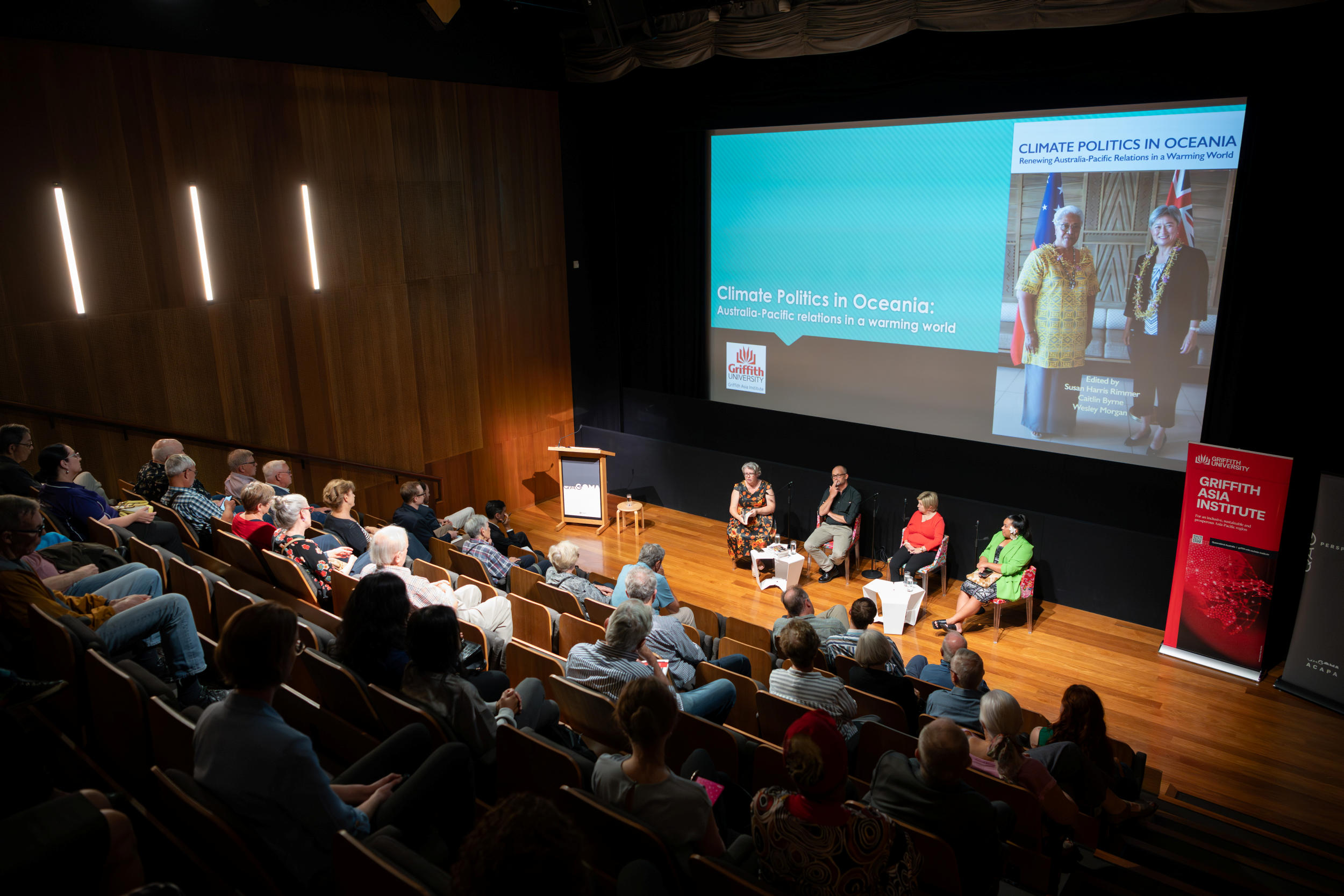The release today of the Australian Institute of Health and Welfare (AIHW) report‘Chronic Pain in Australia’ reinforces the spiraling health, social and economic costs of chronic pain in Australia.
Painaustralia CEO Carol Bennett said, “this new data once again shines a light on the growing impact of chronic pain which has resulted in a 67% increase in GP visits in a decade and those living with the condition 5 times as likely to be limited in daily activities.”
The AIHW report finds that 1 in 5 Australians aged 45 and over are living with persistent, ongoing pain, with many facing considerably poor health outcomes. Compared with people without chronic pain, those with chronic pain were 2.6 times as likely to have arthritis, 2.5 times as likely to have mental health problems, 2.5 times as likely to have osteoporosis and 2.4 times as likely to have other long-term health conditions or a long-term injury.
“Australia is facing a pain epidemic. The AIHW report reiterated our findings that pain costs our country a staggering $140 billion dollar every year, yet people living with chronic pain struggle with limited access to treatment and support options resulting n doctors and consumers continuing to rely heavily on prescription opioids to manage what is a multi-faceted, complex condition that needs more sophisticated responses,” Ms. Bennett said.
Despite well-established evidencearound the harms, people with chronic pain continue to be primarily sent down the pharmacological intervention path, with more than half (57%) dispensed analgesics, compared with 1 in 5 (21%) people without chronic pain. Alarmingly, people with chronic pain are almost 3 times as likely to be dispensed opioids and other analgesics and migraine medication as those without pain.
“The last few years have seen multiple attempts to reduce opioid related harm, but clearly more needs to be done. We need better awareness among consumers and doctors about pain management treatment options – and we need to ensure those options exist. Where pain medication is prescribed, people living with pain will also benefit from a multidisciplinary approach to their care, such as a physiotherapist, psychologist, occupational therapist or other allied health services” Ms. Bennett said.
Concerningly the AIHW report finds that hospitalisations involving chronic pain involved more procedures: 22% had 5 or more procedures, compared with 8.9% for other hospitalisations. More than half of hospital procedures are for allied health.
“Clearly there are significant barriers for most people to access best practice, multidisciplinary care right now; one is the cost and the other is geographical location with allied health access scarce in regional areas. Now more than ever, we need to ensure that people living with chronic pain do not continue to fall through the cracks of our systems. We need to act fast, and we need to act now,” Ms. Bennet said.
“The Morrison Ministry was the first in the world to fund the development of a National Strategic Action Plan for Pain Management, currently being considered by the Council of Australian Governments. We must take this crucial step forward towards ensuring that Australia leads the world in implementing best practice strategies to tackle chronic pain, a step that we cannot take soon enough,” Ms. Bennett said.








